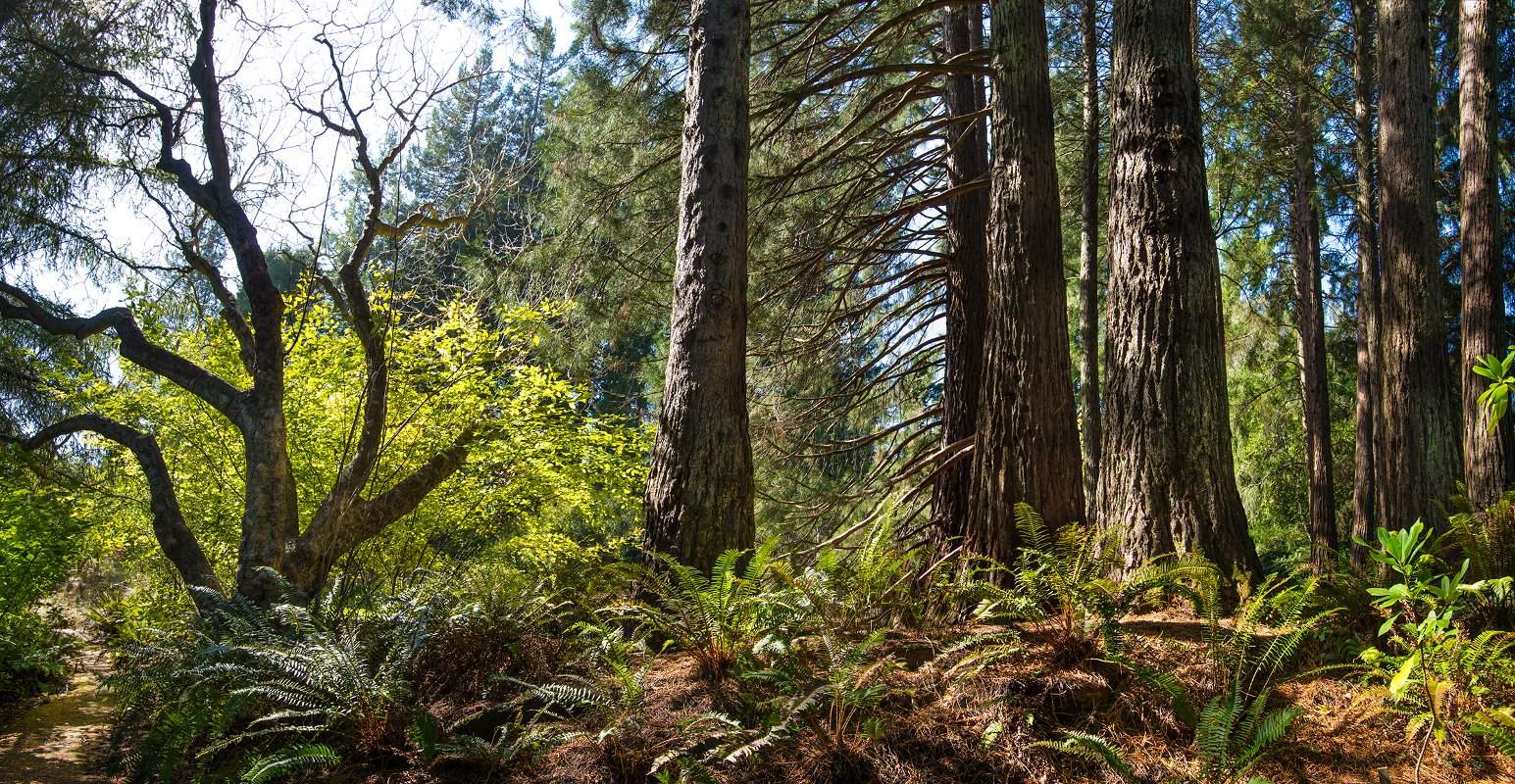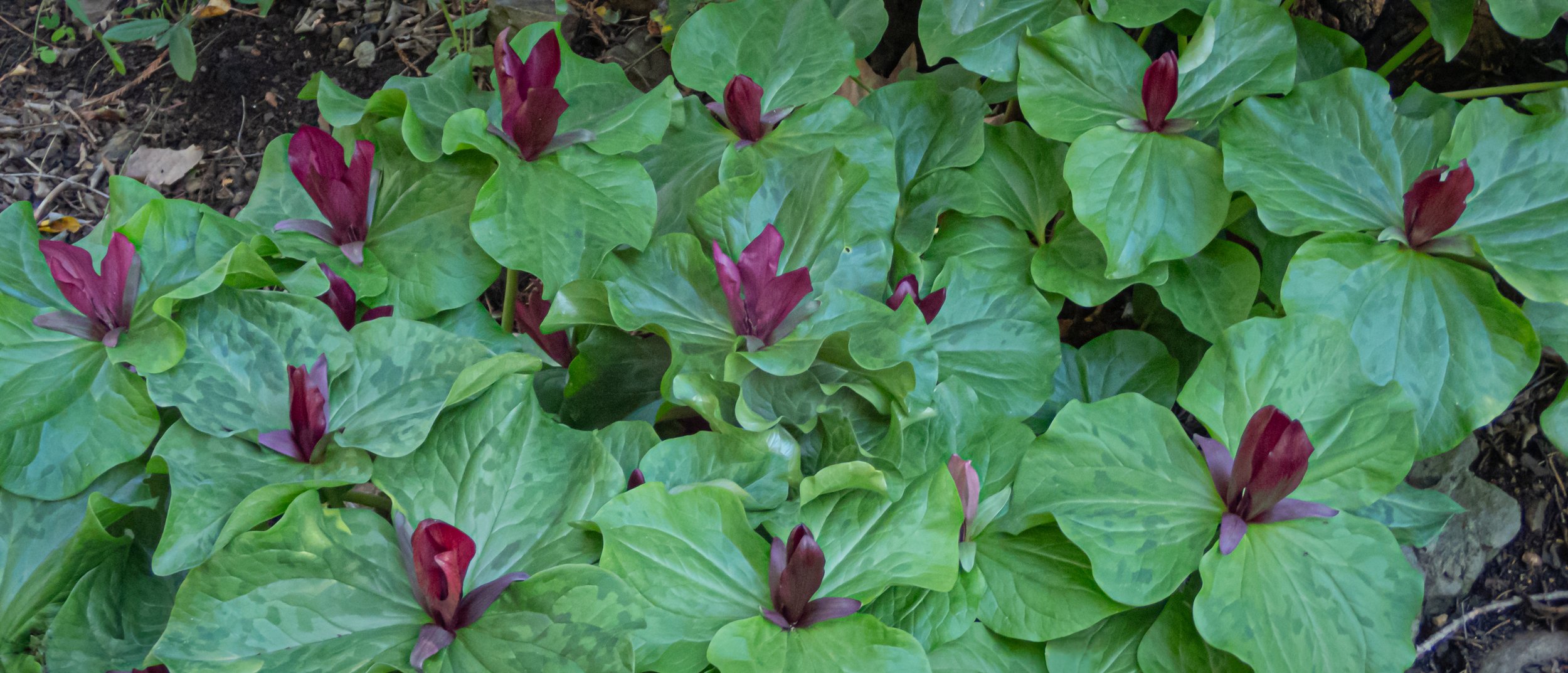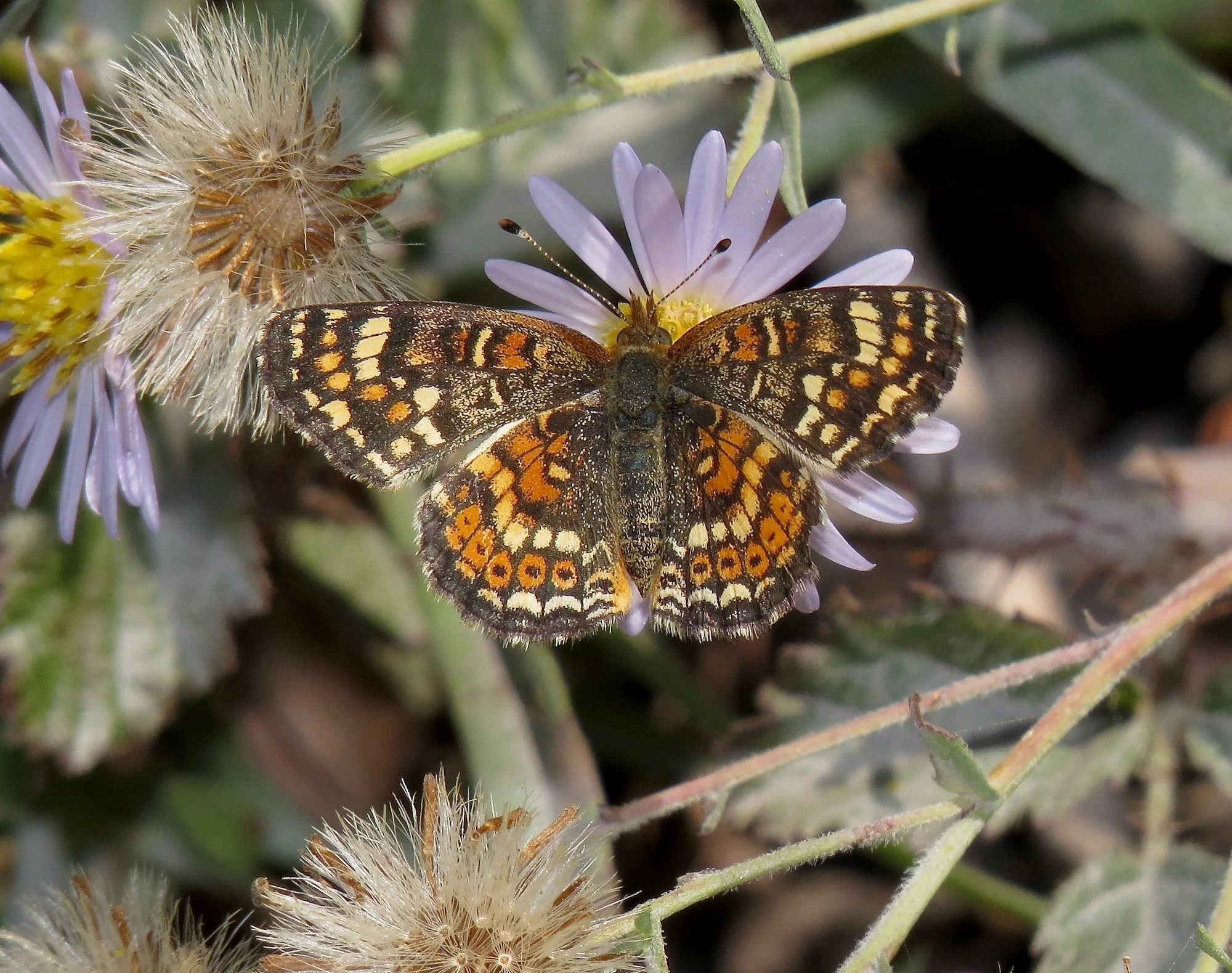The Regional Parks Botanic Garden is a naturally beautiful and tranquil living museum of California native plants. Located within Tilden Regional Park in the hills above Berkeley, California, this enchanting 10-acre garden is a sanctuary for many of the state's rare and endangered plants and a place for visitors to wander among trees, shrubs, flowers, and grasses from plant communities throughout the state. The Botanic Garden is welcoming to all visitors from our entire Bay Area community and travelers to the Bay Area.
Walks & Talks
Plants of Interest
Aster
Buckwheat
Bush sunflower
Clarkia
Evening primrose
Goldenrod
Gumplant
Island bush poppy
Manzanita berries
Mock orange
Monkey flower
Salal berries
Snowberry
Spice bush
St. Catherine’s lace
Vine maple leaves
Vine maple











